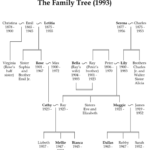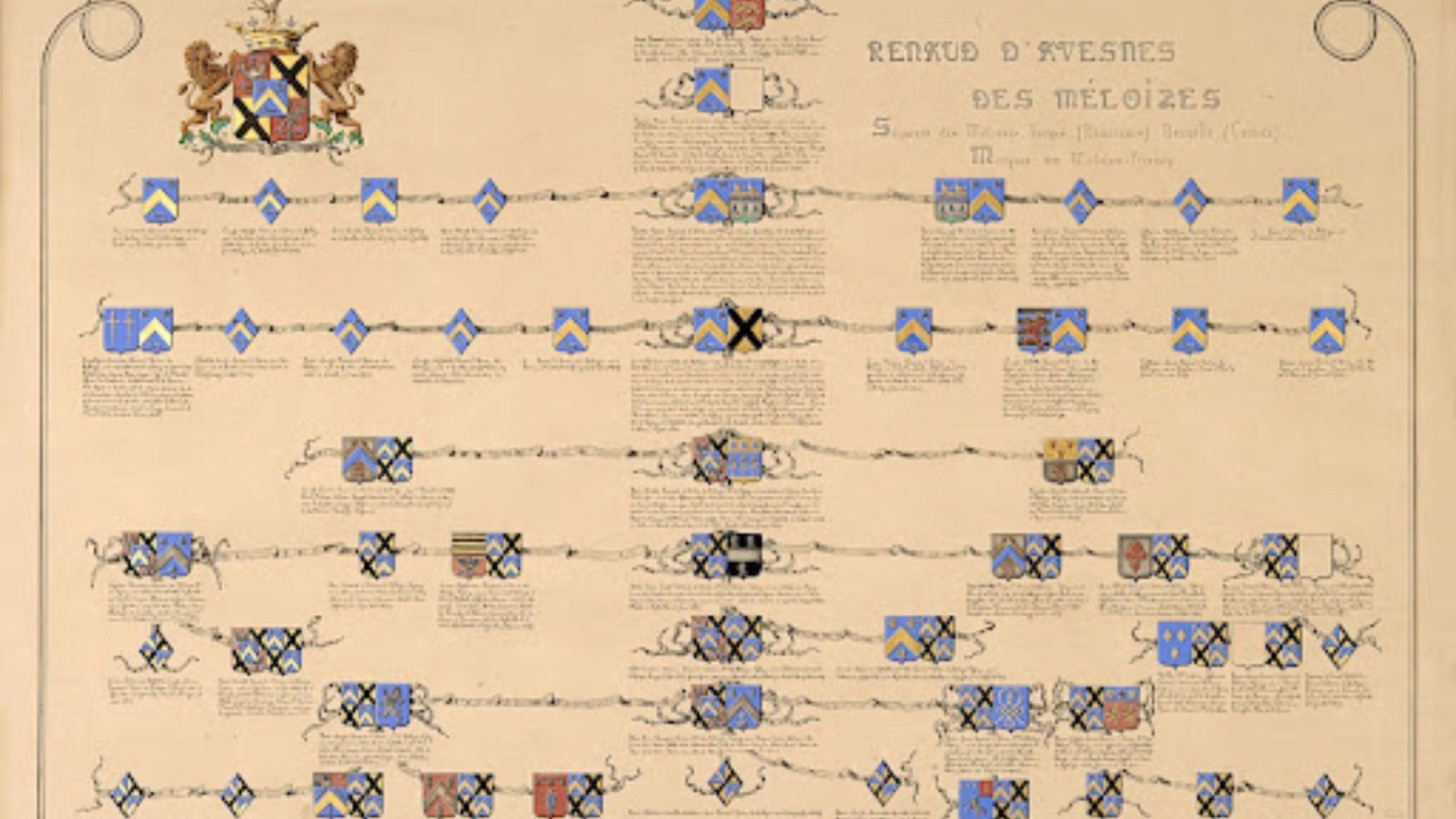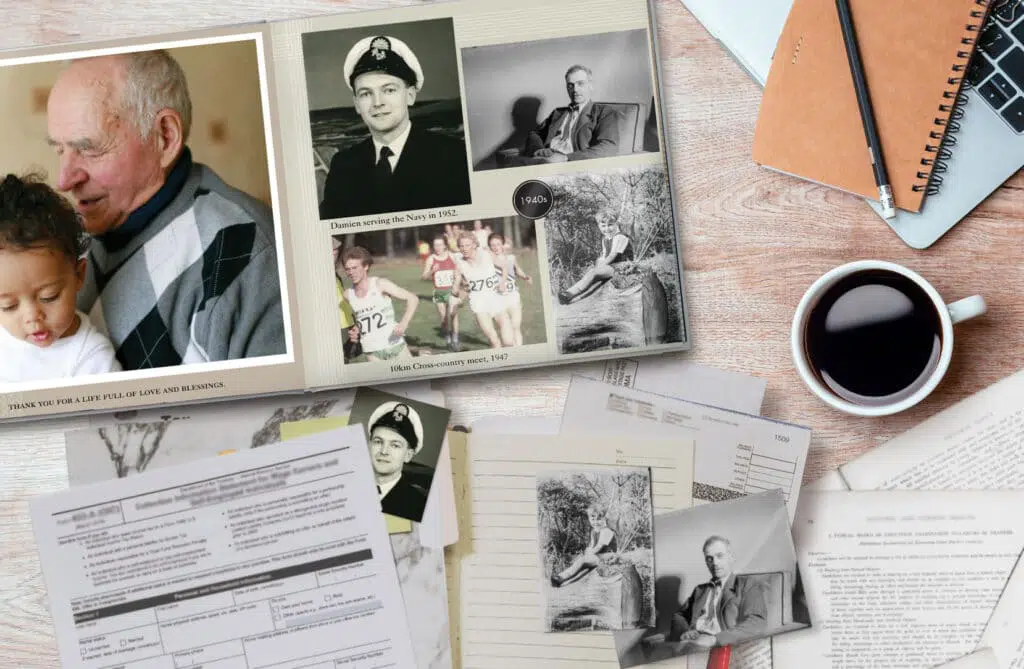When writing a genealogy book, verifying sources is one of the most important steps. Without accurate information, the stories you aim to preserve could be incomplete or misleading. Verifying sources for your genealogy book ensures your work is credible, reliable, and valuable for future generations. Let’s look at how to check the authenticity of your information and create a genealogy book you can be proud of.
Why Verifying Sources Matters
The process of verifying sources for your genealogy book ensures that the information you include is accurate. Genealogy involves piecing together family histories, and inaccuracies can lead to false narratives. By cross-checking records and confirming details, you create a trustworthy book that reflects the true story of your family.
Whether you’re using birth certificates, census records, or oral histories, you need to confirm their validity. Verifying sources also helps avoid perpetuating myths or errors that might have been passed down through generations.

How to Identify Credible Sources
The first step in verifying sources for your genealogy book is identifying credible ones. Government records, church documents, and historical archives are some of the most reliable sources. Online genealogy platforms can also be helpful, but it’s essential to double-check their information.
When using online databases, look for original documents rather than user-submitted data. Many websites provide scanned copies of records, which are far more reliable than unverified family trees.
Cross-Referencing Your Information
Cross-referencing is a crucial part of verifying sources for your genealogy book. This means checking one piece of information against multiple records. For instance, if you find a birth date in a family Bible, confirm it with an official birth certificate or census record.
By comparing details from different sources, you can identify discrepancies and determine which information is correct. This process strengthens the accuracy of your genealogy book.
Evaluating Secondary Sources
Secondary sources, such as biographies or local histories, can be helpful but should be used with caution. While they provide context and additional details, they are not always accurate. Verify any claims made in secondary sources with primary records, such as government documents or firsthand accounts.
Evaluating secondary sources also involves checking their references. A well-documented book or article with clear citations is more likely to be trustworthy.
The Importance of Citing Your Sources
Citing your sources is essential when verifying sources for your genealogy book. Clear citations not only add credibility to your work but also make it easier for others to verify the information. Include details like the document type, date, and location so readers can trace your steps.
Proper citations show that you’ve done thorough research and give credit to the original sources. This transparency adds value to your genealogy book.
Dealing with Conflicting Information
Conflicting information is a common challenge in genealogy. Different records might list varying birth dates, spellings, or locations. When this happens, verify the sources by considering their reliability and context.
For example, a government-issued record is generally more trustworthy than an oral account. However, both types of information can complement each other if used correctly.
Using Technology for Verification
Technology has made verifying sources for your genealogy book easier. Tools like genealogy software and DNA testing can help confirm relationships and uncover new details. These resources provide additional layers of verification to support your research.
For example, DNA results can validate family connections or point to geographic origins. When combined with historical records, they add depth and accuracy to your genealogy book.
Interviewing Relatives and Cross-Checking Oral Histories
Relatives are valuable sources of information, but oral histories should always be cross-checked. Memories can fade or become distorted over time, leading to inaccuracies. When you gather stories from family members, try to find supporting documents that confirm their accounts.
Ask for photos, letters, or official records that might back up their memories. Verifying these stories ensures that they’re accurate and reliable for your genealogy book.
Common Mistakes to Avoid
When verifying sources for your genealogy book, avoid these common mistakes:
- Relying solely on online family trees without confirming the data.
- Overlooking the importance of original records.
- Ignoring discrepancies in conflicting sources.
- Failing to cite sources clearly.
By avoiding these errors, you can create a well-researched and accurate genealogy book.
Conclusion
Verifying sources for your genealogy book is a critical step in preserving your family’s history. By identifying credible records, cross-referencing information, and using technology, you ensure the accuracy and reliability of your work. Taking the time to verify sources creates a genealogy book that future generations will trust and treasure.











